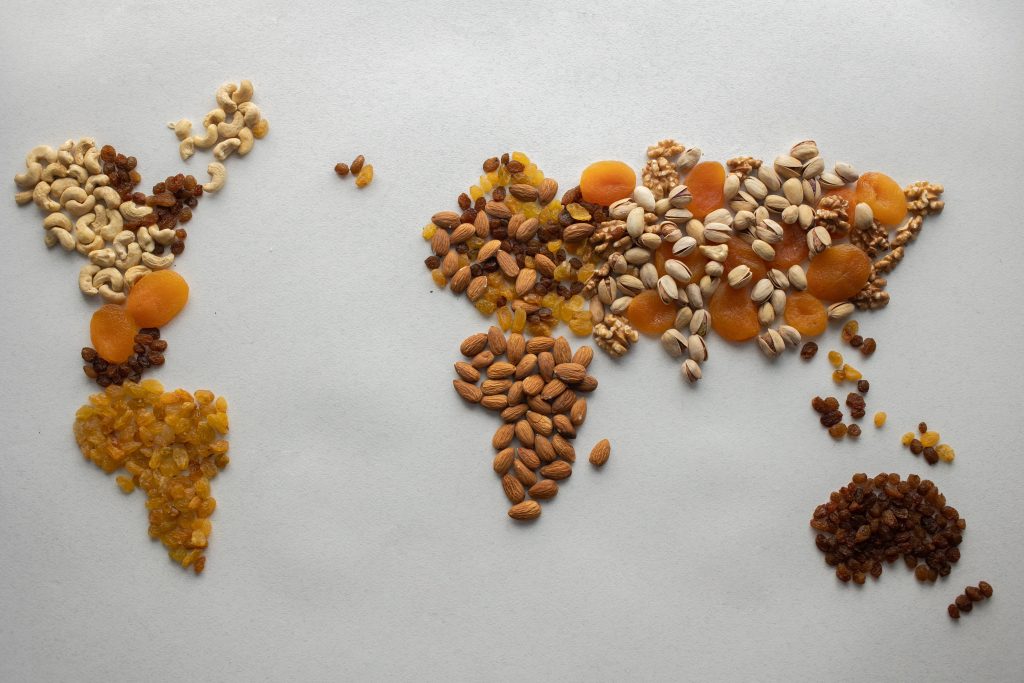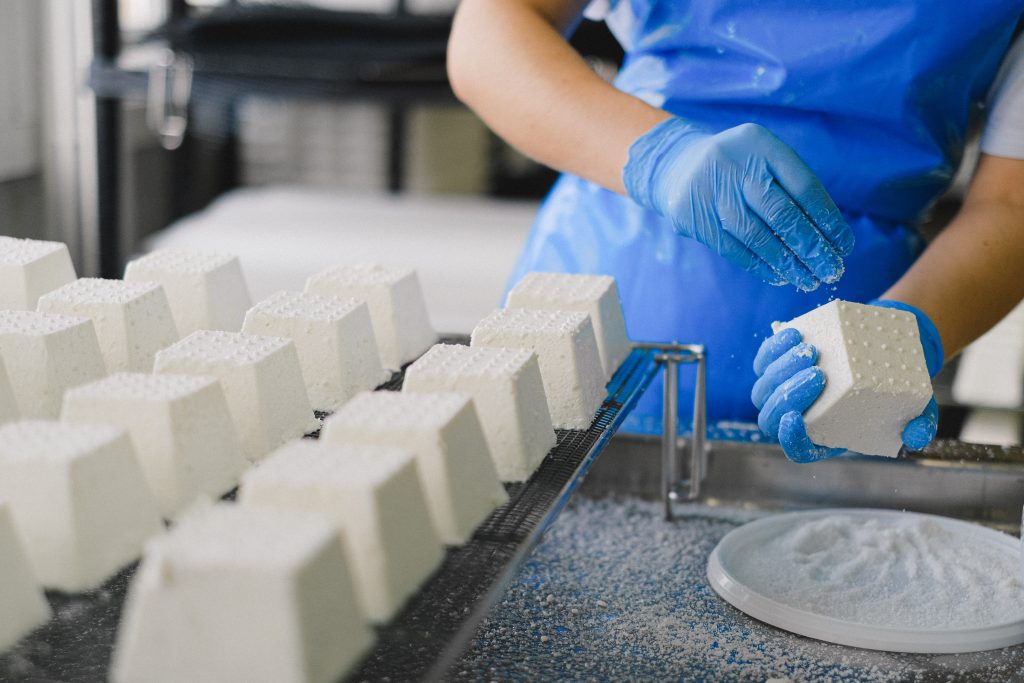Background
This product authenticity information comes from:
- Industry associations.
- Government agencies.
- And private information sources such as QAssurance.
Product authenticity abuses are reported via, among others:
- www.vmt.nl
- wetgeving.qassurance.com
- www.nvwa.nl
- the Rapid Alerts (RASFF)
- Rapid Alert Food and Feed Qray (app)
- the food safety news brief.
A vulnerability assessment is executed on the basis of this information, on all groups of foodstuff raw materials in order to assess the risk of counterfeiting or substituting. This takes into account:
- Historical evidence of counterfeiting or substitution;
- Economic factors that make counterfeiting or substitution attractive;
- Accessibility to raw materials through the supply chain;
- Refinement of routine testing to identify counterfeit resources;
- Nature of the raw material.
This vulnerability assessment is formally assessed at least annually in order to take into account and process modified economic conditions and market information that could change the possible risks.
If raw materials are identified in this vulnerability assessment as being at special risk of counterfeiting or substitution, appropriate warranty and / or testing processes will be put into place to reduce the risk.
If products are labelled or there are claims made on the end packaging that depend on the status of the raw material, such as:
- Specific origin or source;
- Breed / varieties claims;
- Status of assurance (for example, Global GAP);
- Genetically modified organism status (GMO);
- Identity retention;
- Specific name trademark ingredients.
then the status of each batch of raw material will be checked.
As an organization, we record purchasing data, traceability of use of raw materials and end product packaging with claims. As an organization we are obligated to frequently perform a documented mass balance test with regard to claims. This is carried out and recorded at least every 6 months (in case of the absence of a system certificate) that guarantees product authenticity.
For claims related to the methods of production (for example organic, Beter Leven, halal, kosher), we as an organization must have the necessary certification to be able to make this claim.
The process flow for the product of products with a claim is documented and possible areas for contamination or loss of identity identified. Appropriate controls are established to ensure product integrity.
Associated files
Food Fraud Vulnerability Assessment.
Related articles to Product authenticity, claims and chain assurance
Many customers and visitors to this page 'Product authenticity, claims and chain assurance' also viewed the articles and manuals listed below:



